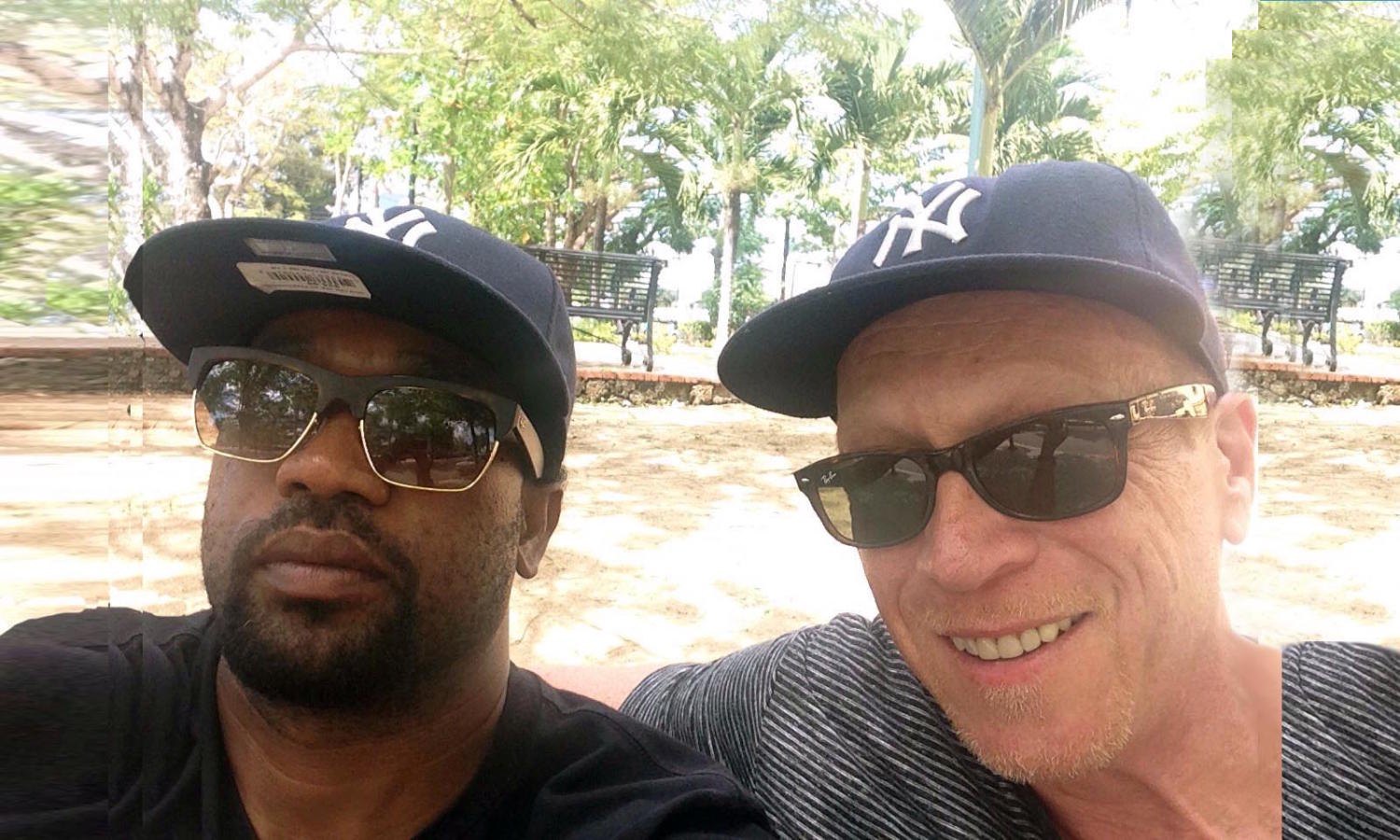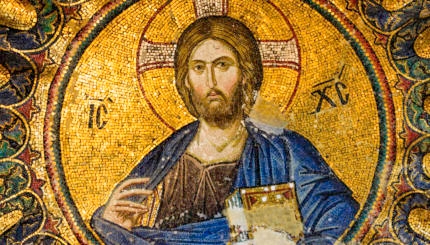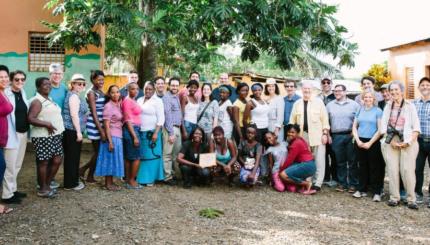Tolya Kurchenko—the protagonist of my debut novel, Forgiving Maximo Rothman, and its sequel, Forgiving Mariela Camacho—has a unique identity. Born and labeled a Jew in Soviet Russia, then mocked as a half-breed in the United States because his mother was a gentile, estranged from his own heritage and married to a Dominican woman, Tolya finally finds himself deep in the barrios of Santo Domingo. Realizing his true nature helps him to accept his past and to create his own future and the future of his family, in both Jewish and non-Jewish worlds. The two meld together for him. They are not mutual or exclusive, but rather parts of a greater whole that is his identity.
“The sweet whine of the guitars and the vocals sparked his Russian soul, the soul he was teased about endlessly. It often brought tears to his eyes for its simple, emotional, honesty. He realized after a week in this warm, close place, where everyone touched everyone all the time, that there was less separating him and them than connecting them to each other. He didn’t really need the language. He needed only to respond to a smile with a smile. He was something by birth—Russian, Jewish, an immigrant American who learned to love baseball. He was never sure. But he knew now what he really was. He was Dominican by choice.” – from Forgiving Mariela Camacho, page 329
I view identity as fluid, and that’s why I wrote Tolya Kurchenko the way I did. We can be born one thing and grow into something else entirely. Our identities can be multi-faceted and tailored to who we are and can and should change over time.
I was born into a pretty typical white, Ashkenazi-Jewish family. That’s what I was raised to be. That’s what I knew. At a young age though, I realized we were a little different from other Ashkenazi-Jews. We were Hungarian, not Russian or Polish. My grandparents didn’t speak Yiddish like everyone else’s. They spoke Hungarian. We ate Hungarian. And then there was my uncle Max, from the Dominican Republic, who was as dashing as a 1930s movie star and spoke Spanish too.
I lived a “normal” Jewish-American life. College, career in business, marriage, family, life on the Upper West Side of Manhattan, the most Jewish neighborhood in America. But truthfully, I never felt like I really belonged there. Nor was I quite satisfied with that life. I had wanted to be a writer, but my parents pushed me into a business career. Then along came the Great Recession. After some 25 years in real estate finance, my career was over. In retrospect, it was the best thing that ever happened to me, along with moving to Washington Heights.
Washington Heights is home not only to a large and old Jewish community but also the largest concentration of Dominicans outside the Dominican Republic. As I became involved with the community, I met and established friendships with many Dominicans including my friend William. My uncle Max’s tales of his time at Sosua, a refugee settlement of 854 Jews who escaped the Nazis, resonated through our friendship and my connections to the Dominican community.
William has become my closest friend. I traveled with him to his home in Santo Domingo in 2010. I now return there with him every winter. We have traveled to Sosua together.
The story of Sosua, which is at the heart of Forgiving Maximo Rothman, is a great example of how those from very different backgrounds can establish close relationships, of how to reach out over cultural lines. On another level, the story of the descendants of the Jews of Sosua and their connection to the Jewish world is important in a Jewish universe that is become increasingly diversified. There are some 70 descendants of those settlers in Sosua today, the product of mixed Jewish and Dominican parents who consider themselves both and hold on dearly to their unique Jewish story.
My bond to both Sosua and to the Dominican Republic is a vital piece of connective tissue in my life and psyche. It’s one of those things that keeps me inspired and at the same time is sort of a mystical place that’s just over the horizon, a plane ride away. Beautiful to see, even more beautiful to touch.
The Great Recession, and my wonderful wife, gave me the opportunity to do what I always wanted to do: write. I wanted to write about Sosua and about Washington Heights, and about the interface of Jewish and Dominican communities and cultures both here and there. The result are my novels and the soon to be published third and final installment in the “Forgiving” series, Forgiving Stephen Redmond.




